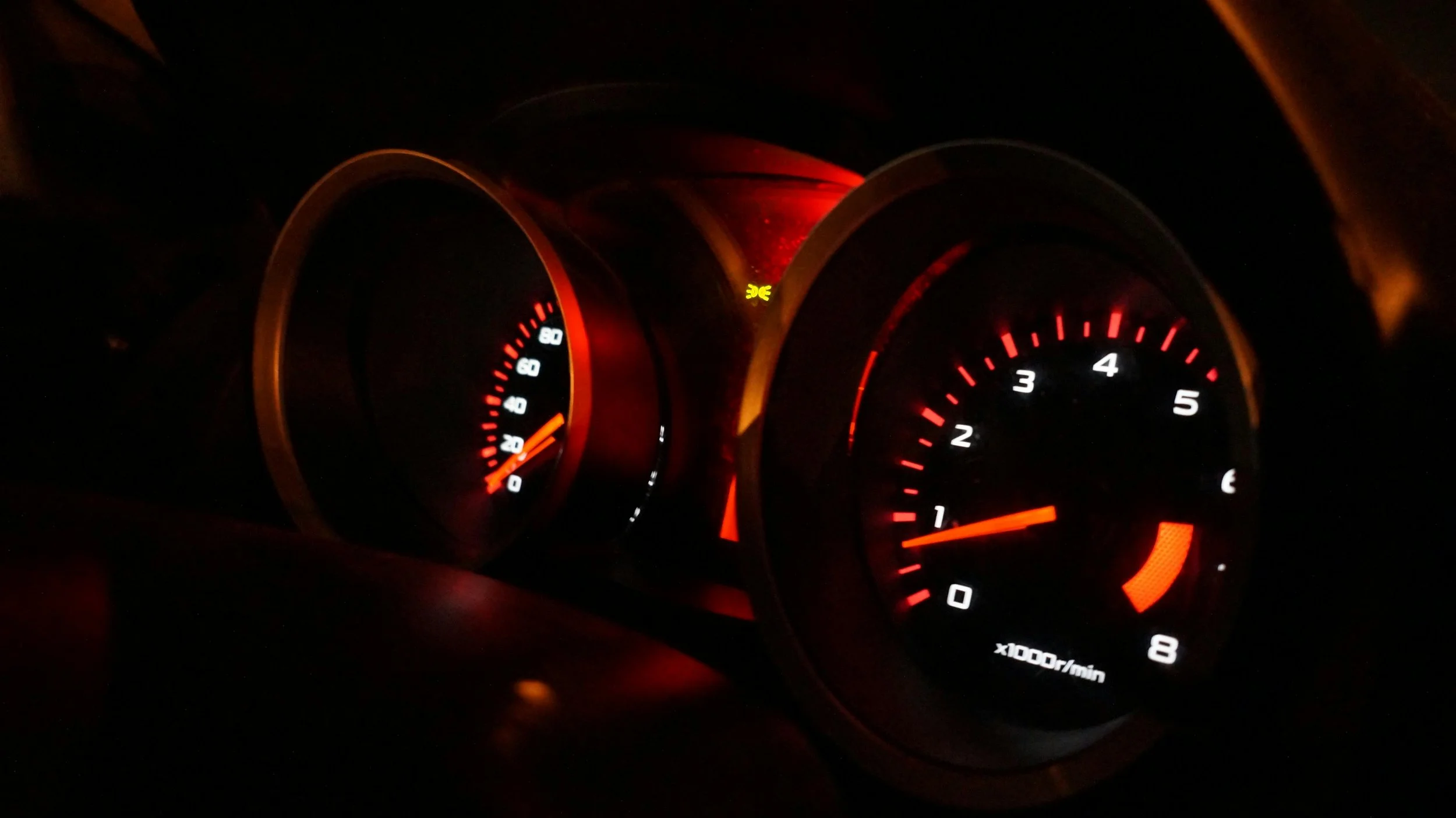Motoring expert reveals the three dashboard lights that signal the most expensive repairs
40% of car aftersales technicians believe ignoring an engine overheating light leads to the costliest repairs, closely followed by the oil pressure light (35%) and the engine management light (25%)
Experts share the immediate actions drivers should take if they spot one of these dashboard lights
That sudden, unwelcome glow of a new warning light on your dashboard can spark immediate anxiety in any driver.
And while it’s tempting to hope the warning is a minor glitch and continue your journey, this decision could lead to catastrophic and costly engine damage.
In fact, a new survey of aftersales technicians by Vertu have identified the most financially damaging warning lights that motorists can ignore.
According to the research, 40% of respondents believe ignoring the engine overheating light can cause the most expensive repairs, closely followed by the oil pressure light (35%) and the engine management light (25%).
So, to help drivers avoid these costly repairs, the experts at Vertu have shared the three lights that motorists should never ignore and the immediate actions they should take.
1) The Engine Overheating light
An overheating engine is a critical failure that can cause severe and lasting damage, such as a warped cylinder head or a completely seized engine. The heat can quickly destroy vital engine components, turning a manageable issue into a complete write-off.
If this light flashes, you must pull over as soon as it is safe and turn off the engine immediately. To help cool your car turn off the air conditioning and switch your cabin heater to full blast. Do not, under any circumstances, attempt to open the coolant or radiator cap while the engine is hot, as pressurised steam can cause serious injury.
2) The Oil Pressure warning light
This light signals that your engine is not being properly lubricated, meaning metal components are grinding against each other. If you continue driving for even a few minutes, it could be enough to destroy the engine's internal bearings and other critical parts, leading to a complete and irreparable seizure.
You should immediately stop the car in a safe location and switch off the engine. Allow it to cool for at least ten minutes before checking the oil level with the dipstick. If it is low, top it up with the correct grade of oil. But, if the light remains on after restarting, then the car must be towed to a garage.
3) The Engine Management light (EML)
The Engine Management Light is unique because its behaviour signals different levels of urgency. A steady light often indicates an issue with the emissions system, such as a failing catalytic converter which can cost over £1,000 to replace. However, a flashing light warns of a more severe problem like an engine misfire, which actively damages internal components with every second you drive.
If the light is steady, reduce your speed and drive cautiously to a garage for a diagnostic check. If it is flashing, you must pull over safely and turn off the engine as soon as possible. Continuing to drive could ruin your catalytic converter with unburnt fuel and cause serious internal engine damage, so a call to your breakdown service is essential.

